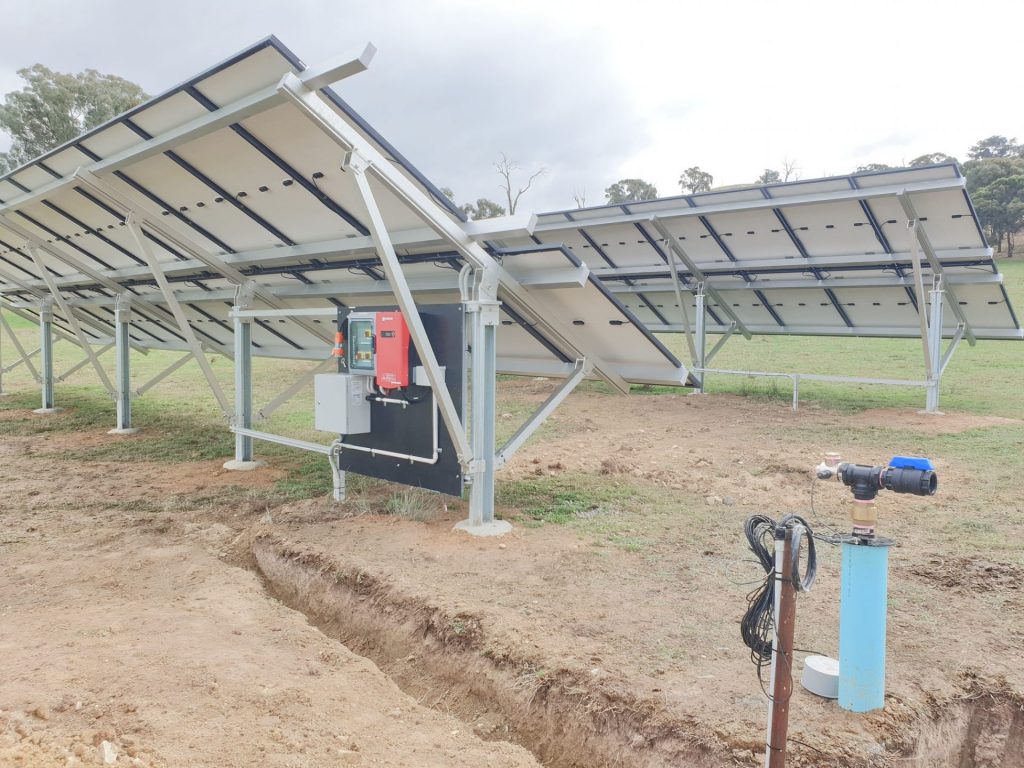Water pumps have long been large part of Australia-based Commodore Independent Energy Systems’ business. The company sends out between 10 to 15 pumps every week, Marketing Manager Matt Miller told pv magazine Australia.
Commodore Independent Energy Systems recently crunched the numbers on how much customers – primarily farmers – can save by opting for solar water pumps over diesel, petrol or mains-connected pumps. It found at the largest end of the scale, the savings could reach AUD 44,837 ($33,550) per year.

Few farms would need pumps that big, however, so their savings wouldn’t reach such epic proportions. Nonetheless, Commodore Independent Energy Systems found that for a mid-sized solar pump, the customer could save AUD 1,793 in a year – paying off the bare running costs of a diesel pump in 2.77 years. Compared with a mains-connected grid, customers would save AUD 1,404 and meet the running costs in 3.54 years.
These numbers don’t even include the costs of travel for diesel or maintenance, which can be significant, Miller noted.
“[Solar pumps] are a renewable source … also a cost effective source,” Miller said, noting that they are routinely underestimated.
That is, most farmers or other customers don’t expect solar-powered water pumps to have anywhere near the pumping capacity they do. Naturally, solar pumps only run in the daytime, but Miller said they continue to perform well in shaded areas and on cloudy days. The ground-mounted solar arrays that power such pumps can also be located in premium positions, with Miller pointing to a recent job where the solar array sat around 300 meters away from the pump, connected via cable.
Batteries can also be fitted to pumps so they can be used on command. Miller said only around 10% of the solar pumps Commodore Independent Energy Systems installs include batteries, though.
While water pumps are most commonly used by farmers to irrigate crops, the company has fitted pumps in remote parts of Papua New Guinea under humanitarian projects to bring water to dry villages. The beauty of solar pumps is they require far less maintenance compared to diesel pumps and require no fuel, which makes them far better suited for developing and remote communities. Over the last six months, solar pumps have also began integrating remote app access and monitoring, allowing customers to stop and start the pump and irrigations on their phones.
This content is protected by copyright and may not be reused. If you want to cooperate with us and would like to reuse some of our content, please contact: editors@pv-magazine.com.




We need this now to help the farmers!
I would like to know more about the bigger pumps. ONE can drive a centerpivit of 30hkt